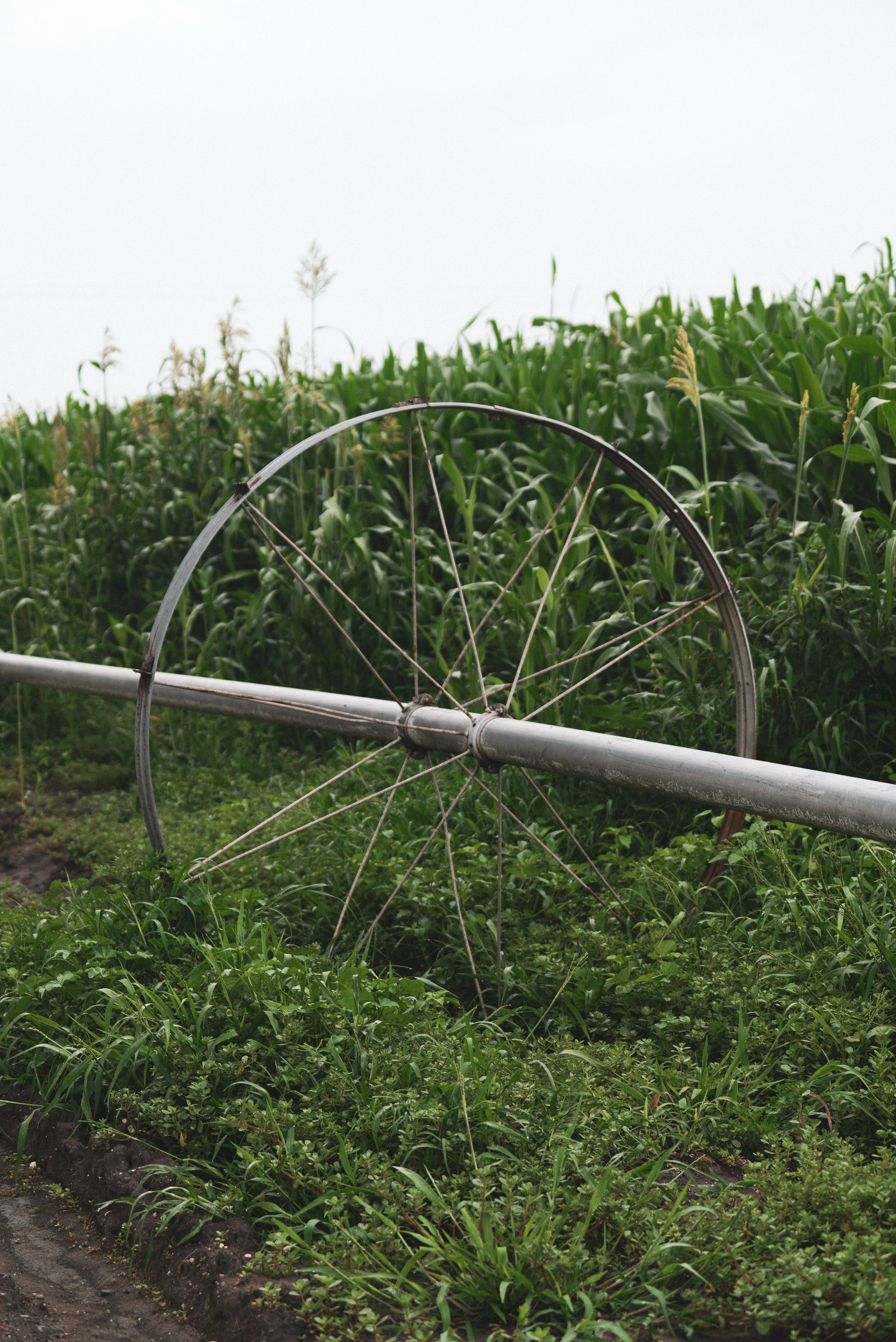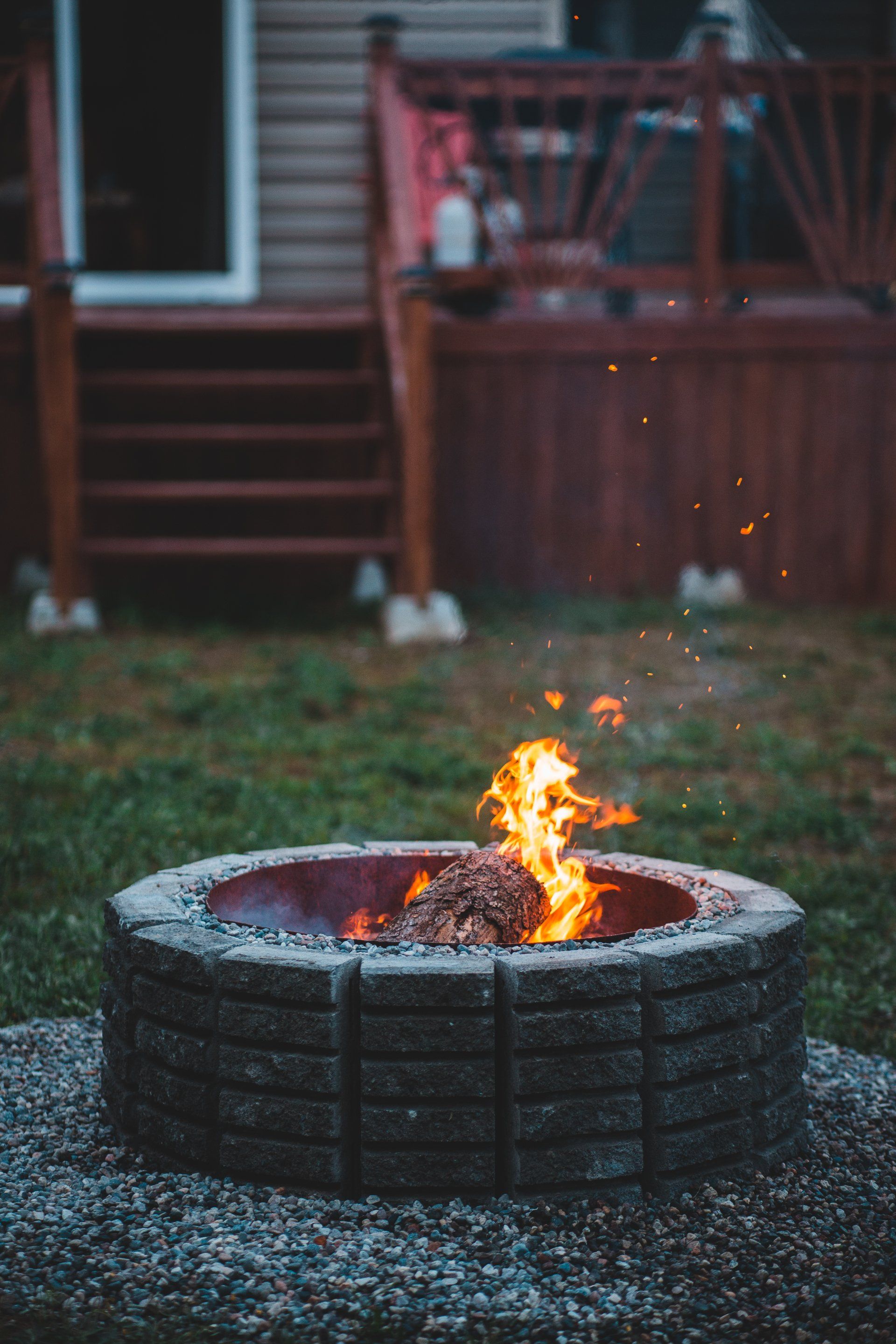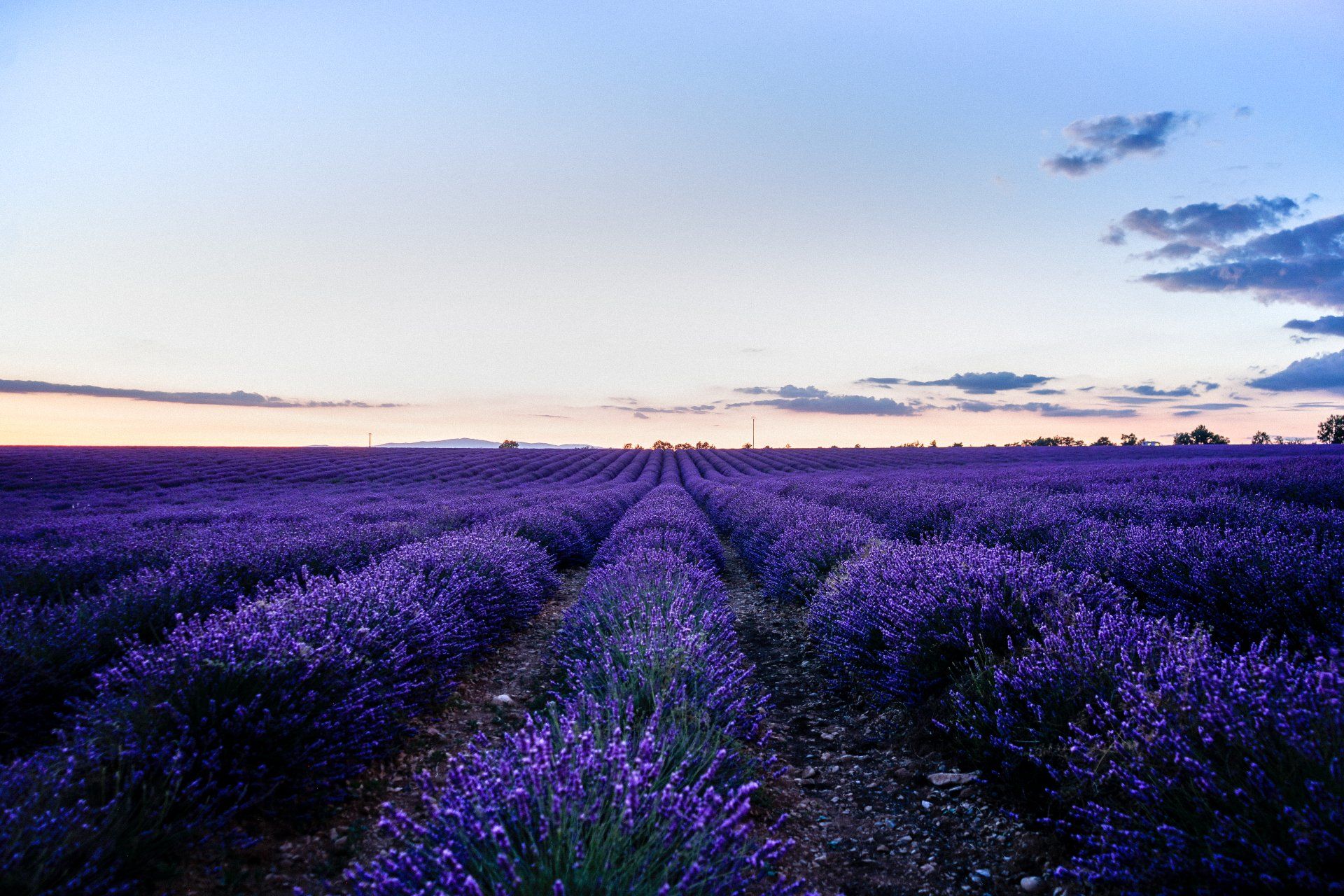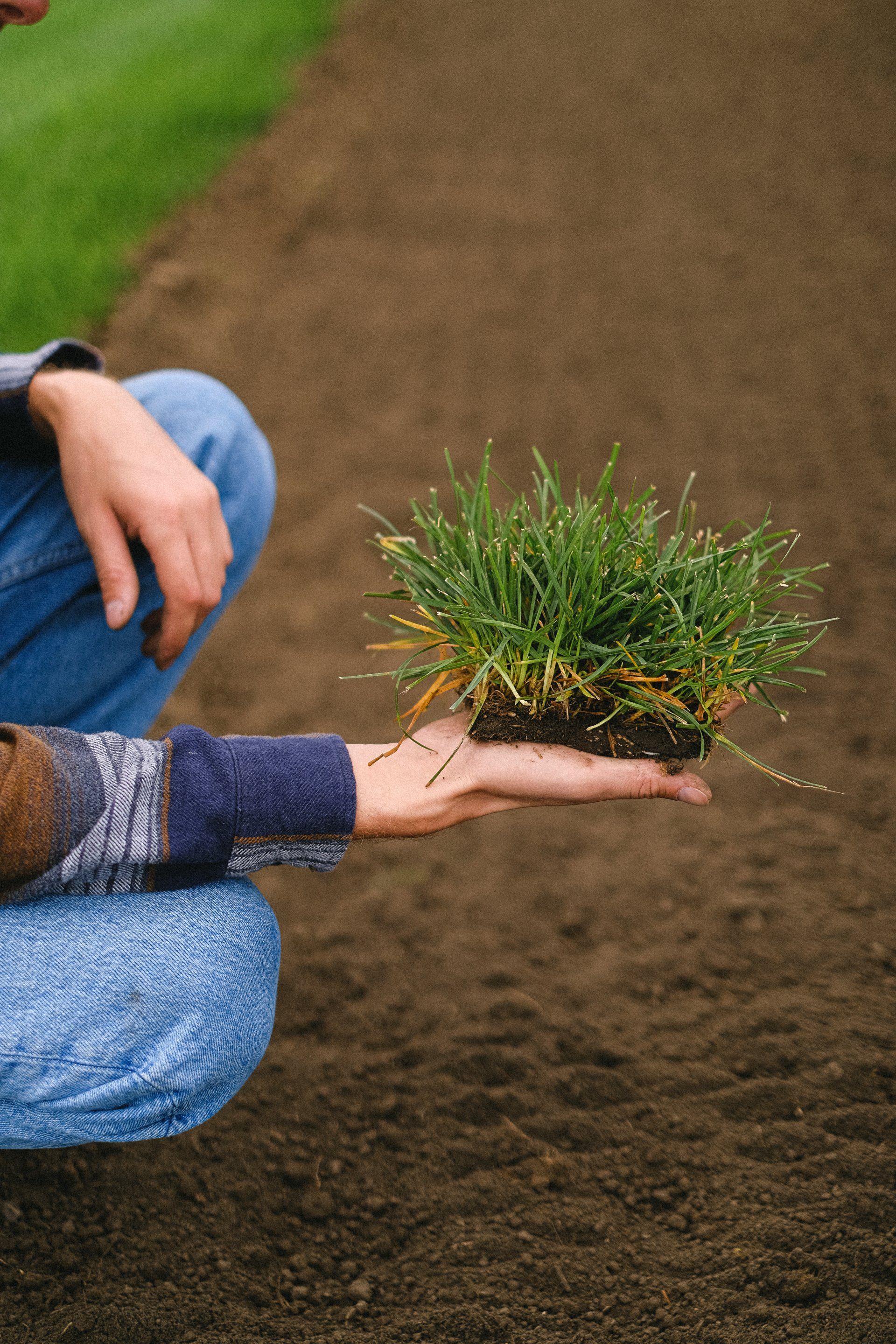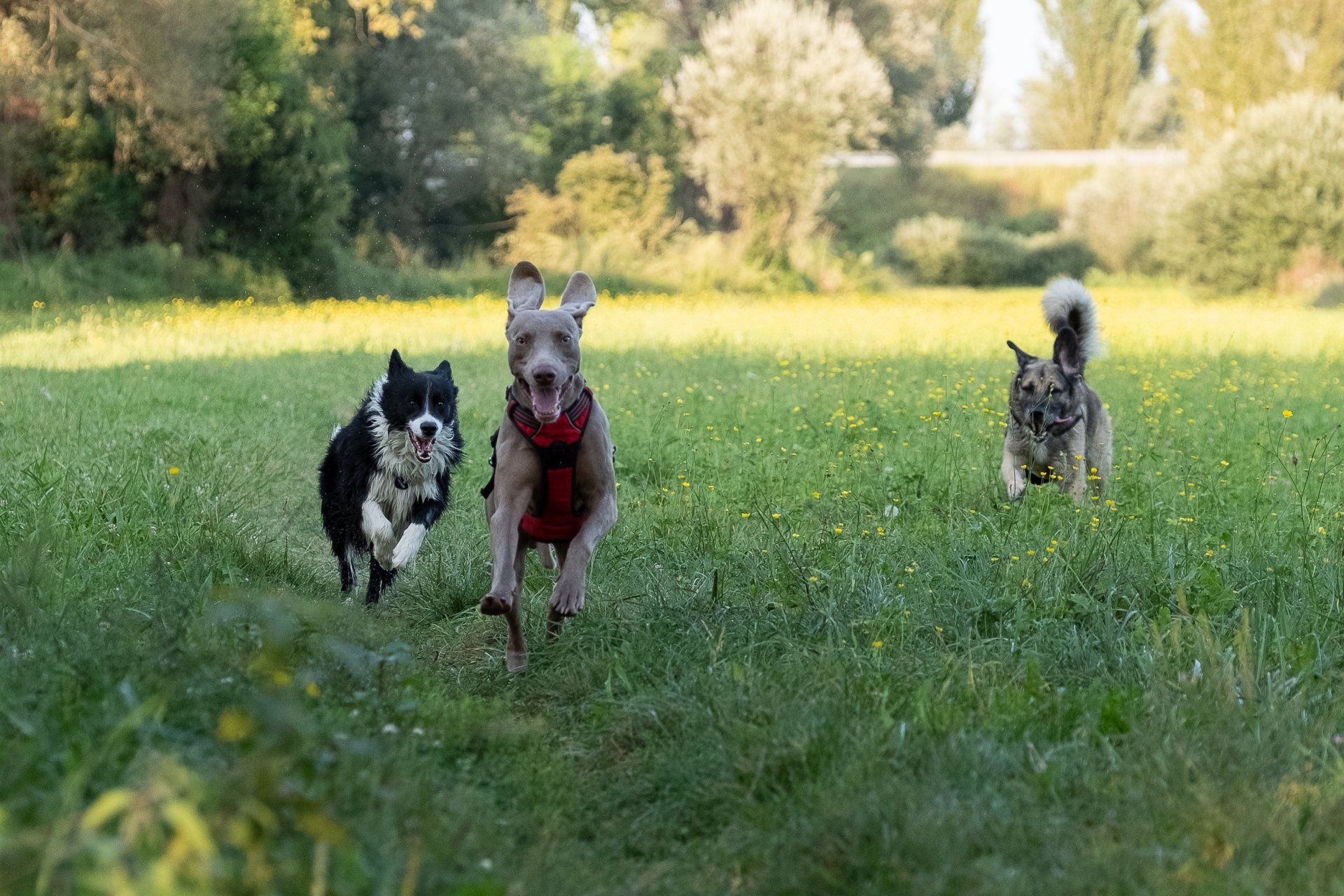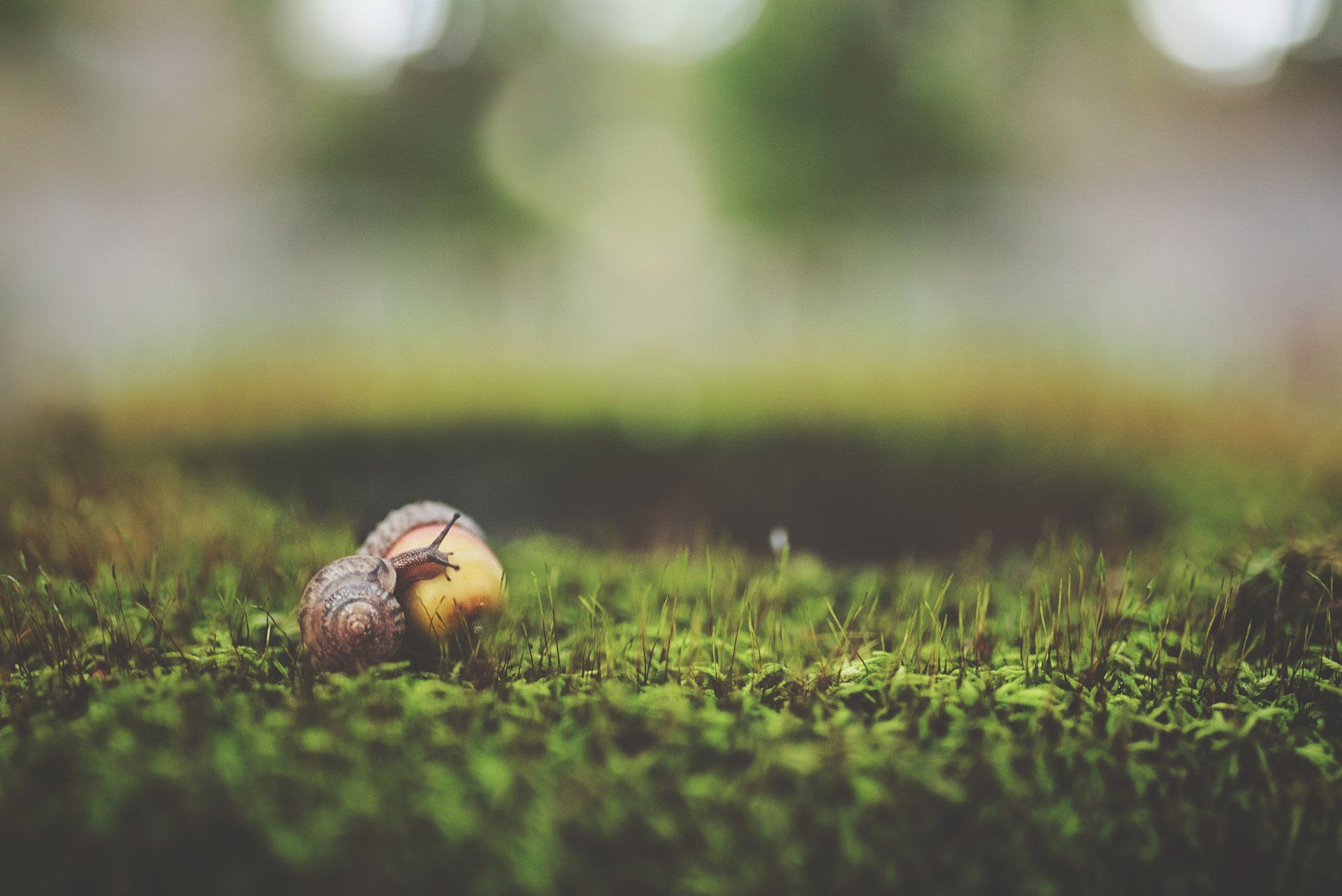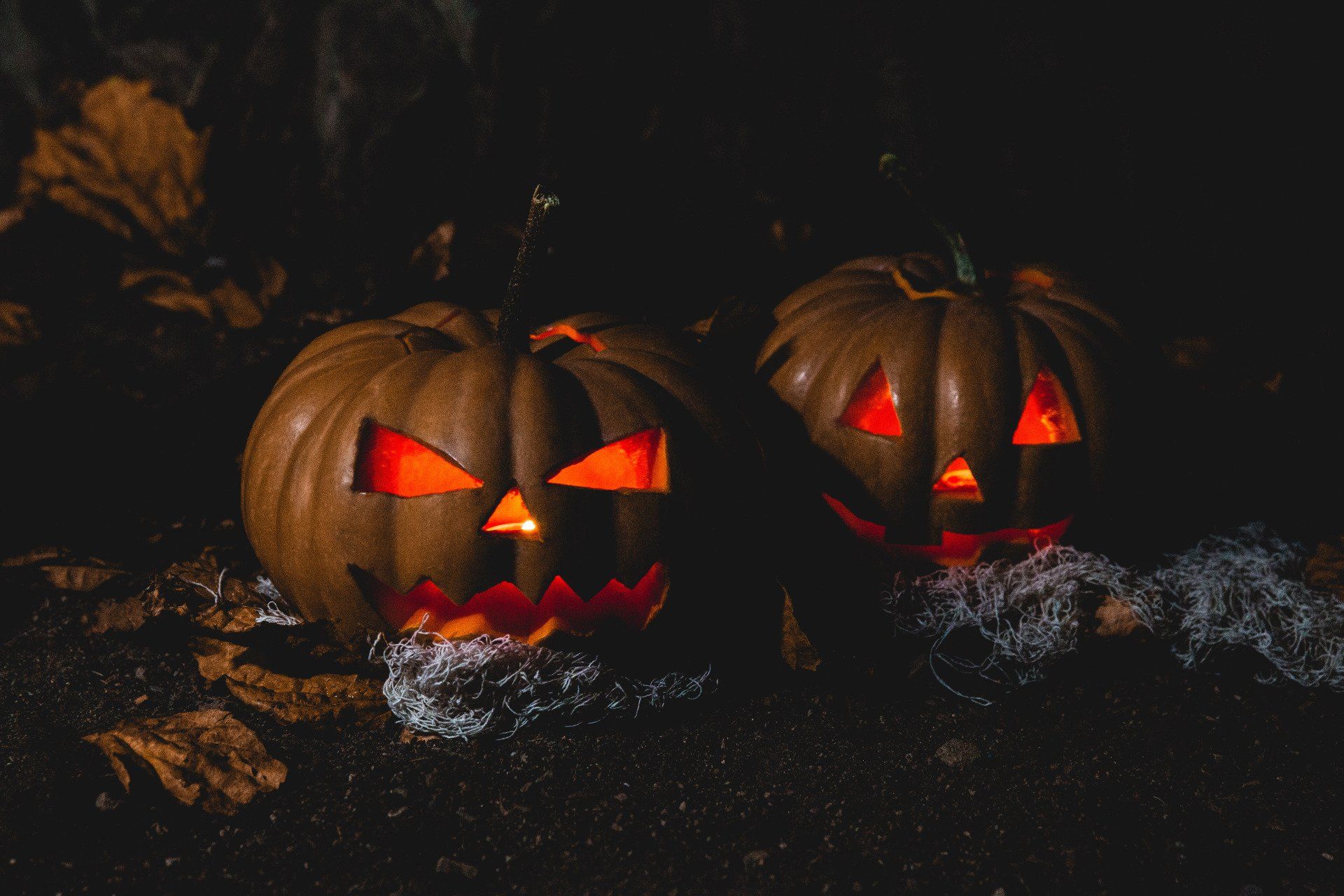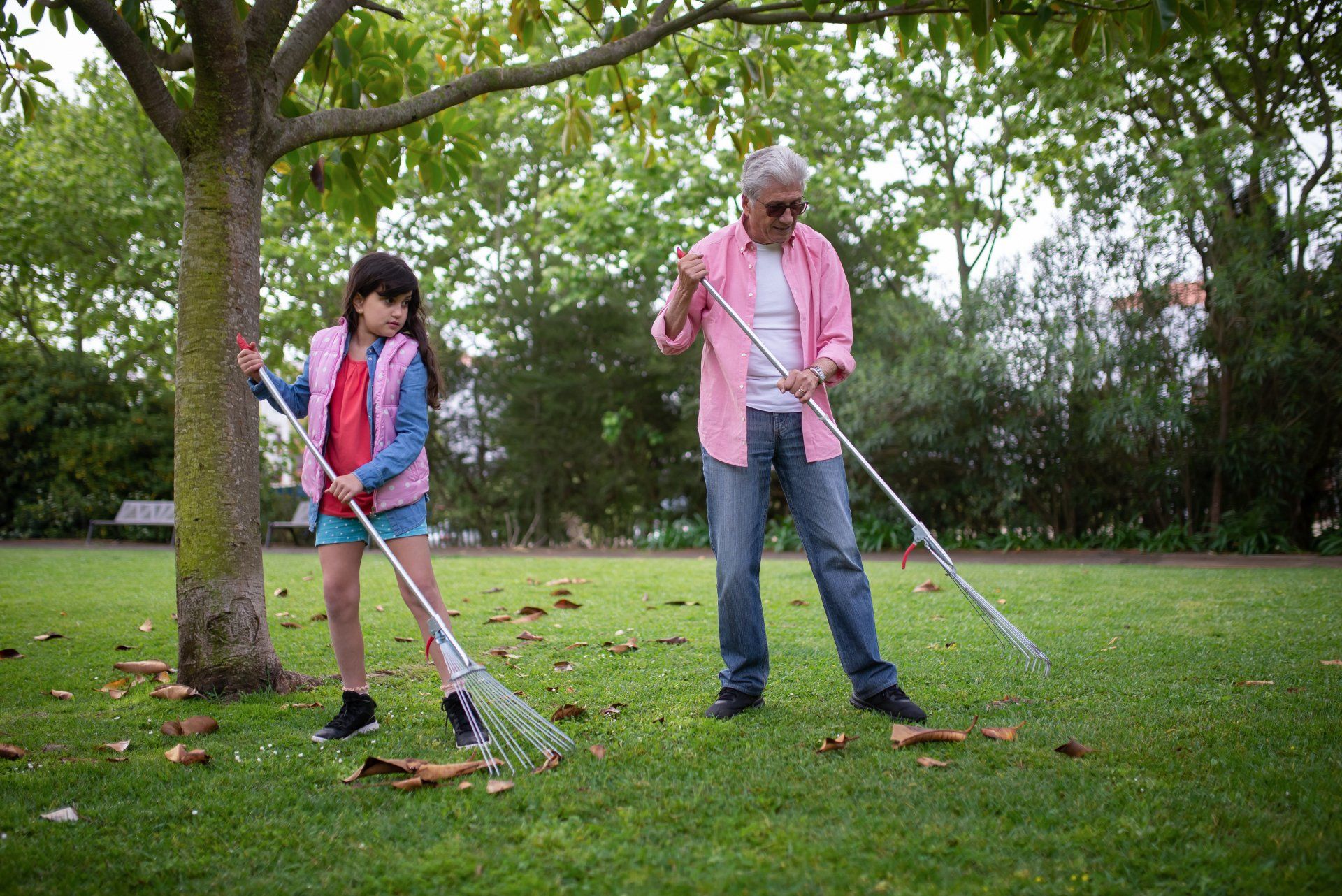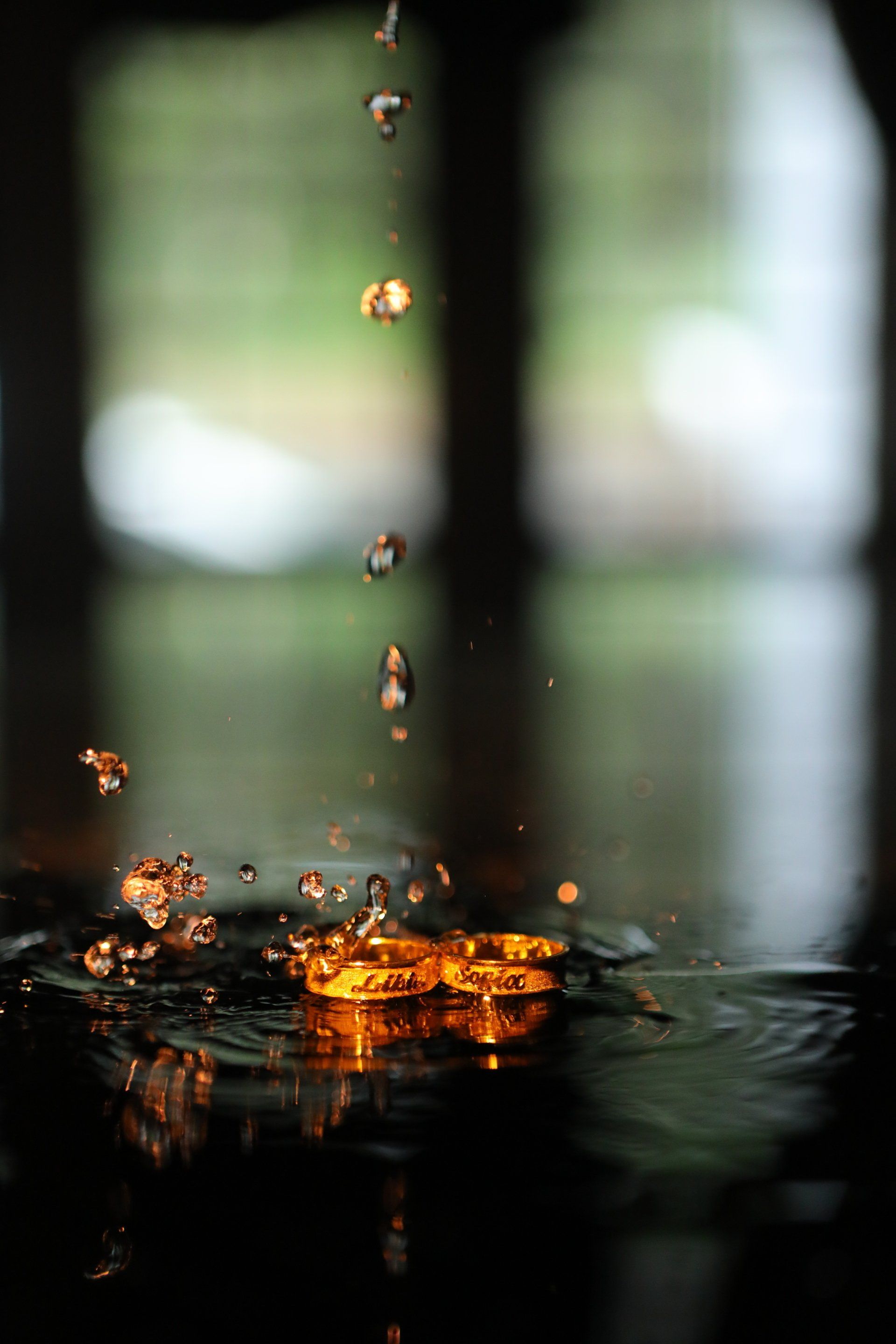Which Kind of Grasses Survive the Heat Best?
Which Kind of Grasses Survive the Heat Best?
Contrary to their cooler-season counterparts, warm-season grasses thrive in temperatures. In reality, their peak growth season occurs in the mid-summer time. Furthermore, there are many, but not all, warm-season grasses that are drought-resistant. Here's a list of warm-season grasses that are able to withstand the heat.
Bermuda Grass
This popular grass is widely grown across North America. The varieties that are bred for South America are the ones that are most drought-resistant. Bermuda grass is a fan of the sun, is tolerant of the heaviest traffic, and responds swiftly to watering following an extended dry spell. In the summer, Bermuda grass requires frequent mowing. It becomes dormant during warmer winter temperatures, and at this time, you can overseed it with Ryegrass in order to maintain a lush lawn all through winter.
The most drought- and heat-tolerant species of this species are:
- Common Bermuda
- Celebration
- TexTurf
- TifSport
- Tifway 419
- GN1
- Grimes EXP
St. Augustine Grass
This coarse-leaf grass is among the most sought-after kind. The homeowners of areas like the Gulf Coast, Africa, and the Pacific Islands also praise it for its tolerance to heat. St. Augustine grass prefers shade with dappled shade and is resistant to moderate traffic. It stays green throughout winter, but it doesn't require any water. Actually, this plant is susceptible to diseases when overwatered during the winter, so be sure to conserve your time as well as money and do not water St. Augustine grass while it is in dormancy.
The most drought- and heat-resistant cultivated type is part of the species Floratam.
Zoysia Grass
This grass is slow-growing and creates an enticing green carpet of turf after its established. You won't need to water or mow Zoysia grass frequently, which cuts down on time for maintenance and expenses. This grass can tolerate shade and sun and holds up well to foot traffic.
The most drought - and heat-tolerant cultivable types of this plant are:
- Jamur
- Palisdaes
- El Toro
- Empire
Buffalo Grass
The grass is native to the Midwest. Buffalo grass requires full sun with very low, if any, water once established. The name is derived from the historical background of the grass, which is found naturally in the plains of Mexico up to Montana. It used to feed buffalo herds as they roamed the plains. Remember that Buffalo grass isn't able to handle foot traffic well and should be kept at least five inches long.
All species are considered drought-tolerant; however, Legacy is one of the specially cultivated bred for low-water landscaping.
Centipede Grass
Introduced in America in 1916 from Southeast Asia. Centipede grass is a durable slow-growing grass that offers an easy-to-maintain lawn once established. It is a fan of either full or partial shade. However, its ability to thrive in soils that are acidic makes it a preferred choice for the dappled shady areas beneath pine trees.
Bahia Grass
An all-purpose grass with high resistance to foot traffic. Bahia grass is resistant to pests as well as disease. It grows well in soil that is poor, but it needs full sun to prosper. It's a wonderful grass that is heat-resistant because its large root system allows it to find the water more deeply than the other grasses are capable of.
Be aware that you can improve the tolerance to heat and drought of any grass by watering only occasionally but deeply, supplying fertile soil that is rich in nutrients, and keeping the grass for a while so that it can shade the soil below it.
Let Us Help
The choice of warm-season grass for your garden can be difficult due to the many options. We can help!
Ready to work with Landscape GroundExperts Grande Prairie?
Let's connect! We’re here to help.
Send us a message and we’ll be in touch.
Or give us a call today at 587-803-0516

